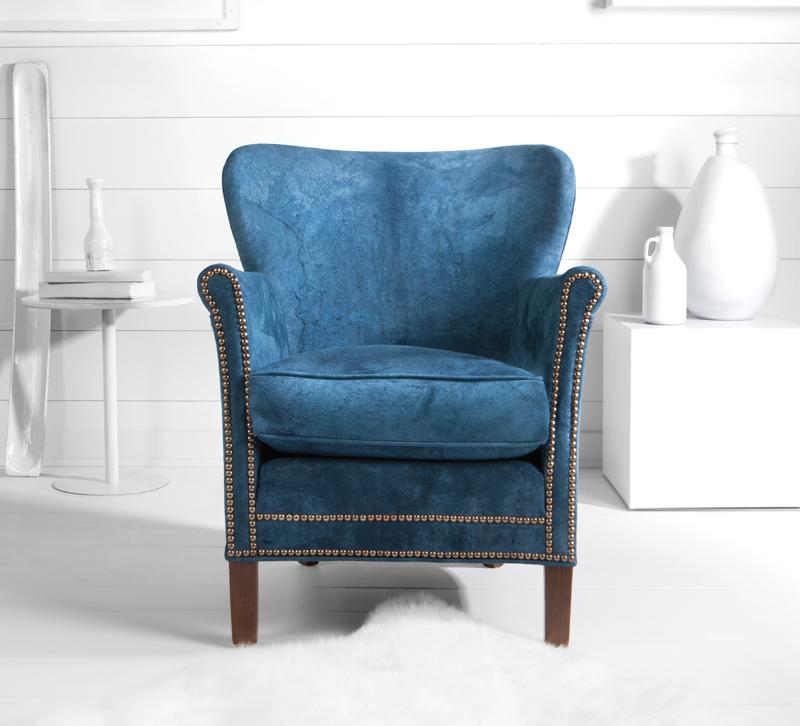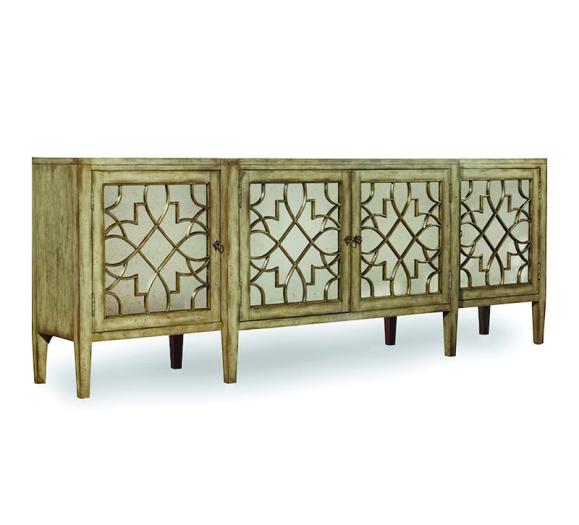When retail strategist Lee Goodman began his career at Bob’s Discount Furniture in the early ‘90s, “we sold leather packages, meaning a sofa and loveseat for $799. You could get it immediately in either black or white, and we were able to say it was 100 percent genuine Italian leather.”
Thank Pasquale Natuzzi for that. The Italian entrepreneur who founded the Natuzzi Group, and today serves as its chairman, is widely credited for making leather furniture — long a luxury product reserved for the rich — available to the masses.
“Thirty-plus years ago, when I started in the business, leather was a very, very high-end product,” remembers retail consultant Alan Kramer, an industry veteran who served as Vice President of Merchandising at Star Furniture for some three decades. While it may be hard to imagine today, leather furniture was once a rarity on furniture store floors, sold only in the upper reaches of the marketplace.
“In those days all the goods were domestically produced and tended to be very traditional in style,” Kramer says. “Then Pasquale showed up and completely changed the business.”
Armed with a plan to “democratize” leather furniture, Natuzzi partnered with Macy’s, then one of the largest and most prestigious department stores in the country, to introduce American shoppers to more modern and contemporary styles at affordable prices. As the story goes, a Natuzzi leather sofa sold at Macy’s for the first time in 1981 at $999 retail. Natuzzi would eventually be inducted into the Furniture Hall of Fame in recognition of his feat and the subsequent birthing of a major category. He was the first non-American furniture executive ever to be so honored.
“Although he started in the department stores, Natuzzi made the category very appealing to furniture stores as well,” Kramer says. “Over time people began to duplicate what he was doing, and the leather furniture business exploded.” Retailers like Bob’s and Star were among the Top 100 furniture store chains that led the way. “When I was at Star we were the first retailers to bring leather furniture to Texas,” says Kramer. “We were trying to upgrade at the time and we wanted to emulate what the high-end retailers were doing, but at more moderate price points.”
Leather’s Ship Comes In, Then Sinks
Leather furniture would become even more of a value as the years went by. It wasn’t long before China became a major force in manufacturing and eventually the industry’s collective race to the bottom price-wise led to the inevitable introduction of manmade materials masquerading as leather.
In Decor-Rest President J.R. Marzilli‘s eyes, two factors tarnished the leather industry. First, imported products from Asia that looked like leather impressed customers in showrooms, but in their homes, the products just didn’t hold up to expectations. “The other,” he says, “was bonded and manmade vinyls that looked like leather.
Consumers said, ‘It’s such a low price and it looks just like leather, I’m going to buy it.’ Then they were dissatisfied.”
“Leather was classic, and it was always ‘in,’” Goodman says. “But then the bonded stuff came in, and it was really oversold and not everyone separated it from the real leather furniture on their floors. Customers who might have purchased a leather sofa were presented with $599 bonded sofas, so not only did you lose the additional retail, but furniture that peeled and cracked resulted in crippling customer service issues. Consumers thought they were getting something they were not, and it became a national issue that really hurt the leather business and sent shockwaves through the industry.”
Sam Contreras, CEO of Era Nouveau USA, a manufacturer who cut his teeth on the retail side, suggests the trouble really began when salespeople moved from selling leather’s features and benefits to price points. For an aspirational product, “The qualifying questions on retail floors used to be what brought you in today? What are you looking for? Are you looking for something that’s more kid-friendly? Are you looking for something a bit more luxurious? Are you looking to treat yourself? Now, it’s how much can you afford?”

Contreras, who spent years working with importers Coaster and later Manwah, launched his own company when he began to sense an opportunity in the marketplace to entice shoppers with better leathers. While trading up at a time when everyone else was trading down might seem counterintuitive, Contreras explains: “I really do not believe consumers truly understand a category’s cost until they really start shopping in the first place. I also don’t believe price is really the thing that drives someone to buy. When you first walk into a furniture store, you see the product from a distance, and you can’t even see the price. And with leather, it’s all about the senses. You need to draw them in, so they touch it and feel the soft texture. Then they want to sit down and experience the comfort, the ‘ahhhh’ moment.”
That in mind, in launching Era Nouveau, Contreras didn’t take 20 best-selling models and try to make them less expensive so he could sell the product for less than his competitors. Instead, he went after the middle.
“We’re different in that we don’t build our products with cost at the forefront of our minds. Instead we build thinking about what we would want to put into our own homes. Why can’t we sell people what people really want, even if that may be a bit of a stretch? Then it’s the retailer’s job to say, ‘Let’s figure out how you can afford it.’”
The executive is not alone in seeing an upside in offering better goods. “Obviously, China has helped change the industry, but we’re seeing higher price points come back in leather in recent years,” says Len Burke, Vice President of Marketing at Klaussner Home Furnishings. “There’s a market out there for better goods. How big? We’re not really sure. But we do know that product coming in from China is typically either dark brown, light brown or medium brown, and we see that as an opportunity for domestically made products where retailers can enjoy much more variety and offer that variety to their customers.”
Kramer too believes that customization, though difficult to accomplish with imported product, is the name of the game at the better end. “As an industry we took leather from a higher-end product with lots of options and drove it down into, while maybe not promotional price points, the mainstream. And that’s okay. But there are plenty of options out there now in style and design that will enable retailers to find their niche and offer better goods that can help differentiate them in the marketplace. To grow the category in general, we need to give consumers more choices, more style and more color.”
How Now Brown Cow?
Certainly, color is beginning to make a comeback. “Brown is safe, but for a retailer with a custom-order upholstery business, there’s no reason not to add a little more fashion to their floors because the customer can order what they want,” Burke asserts. “They can always order the brown.”
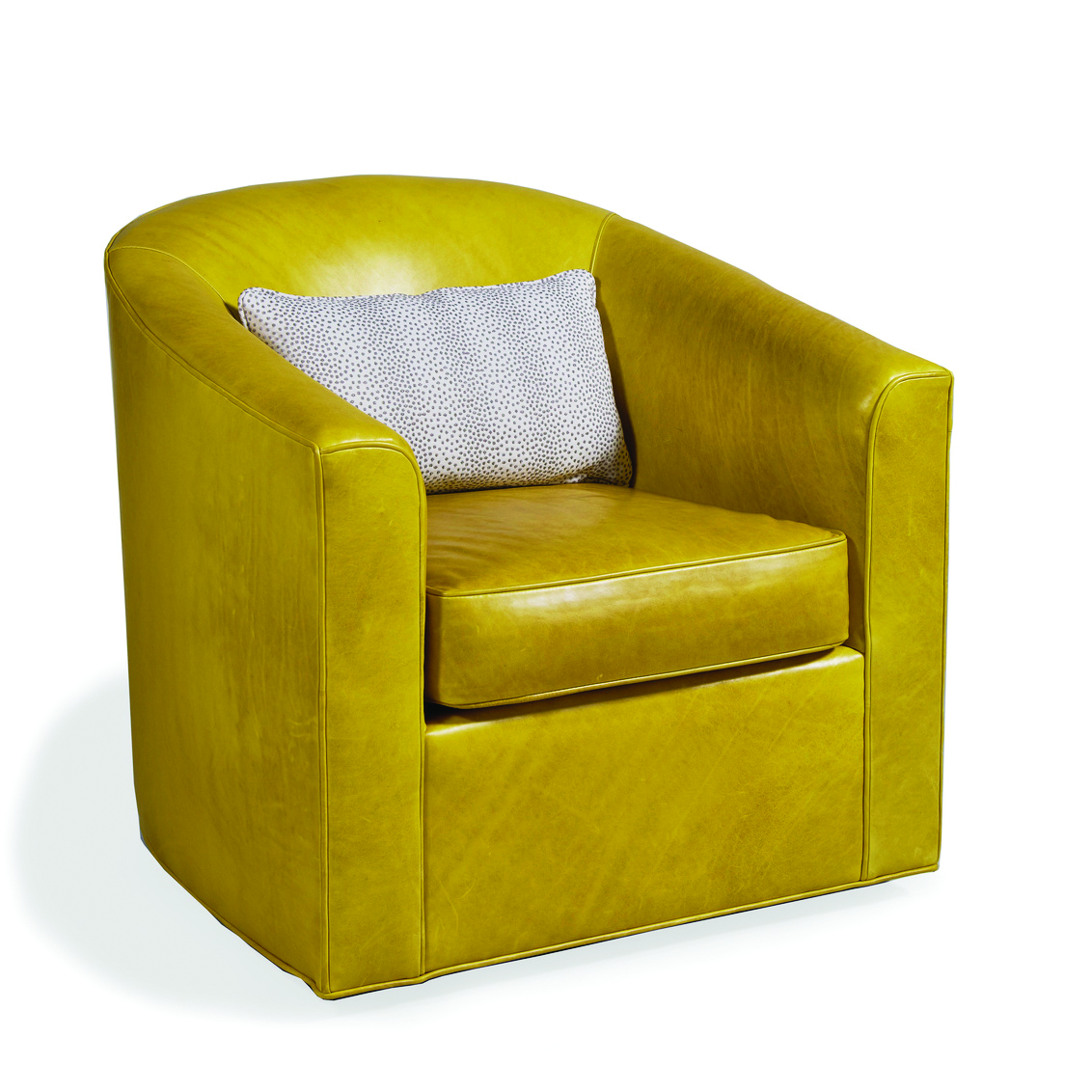
chair provides one option.
Denise Alala, Vice President of Upholstery and Creative Design at A.R.T. Furniture, is among those who continue to advocate adding color in accent throws and pillows. “Consumers like to buy neutral upholstered pieces that remain usable throughout changing decors,” she says. And, at Chinese powerhouse Manwah, consultant Kevin Castellani notes that while the company is seeing a 10 to 15 percent sway back to top-grain leathers away from polyurethane materials, the majority of the business is still done in black, white and grays.
“While we show a lot of bright colors, the retailers are not putting them in,” he relates. “We think it’s because consumers are still very, very worried, and they would rather paint their walls a bright color and have their sofa in a safe color that they can live with for 15 years.”
At the higher end however, “colors continue to grow in importance,” says Lynne McArdle, President of Alden Parkes. “Blues are once again growing in popularity and bright colors in chairs and accent pieces bring life to a room.”
“Ultimately, if the brick-and-mortar retailers keep showing a sea of brown and tan, they are going to end up missing out,” contends interior designer, author and makeover television personality Libby Langdon. “Let’s face it: You don’t have to have a shelter magazine subscription to see beautiful homes today. Great design is a click away on sites like Houzz and Pinterest, and I’m seeing more and more people turning to leather because it feels luxe, especially with the different types of embossed leathers like ostrich. They understand that leather is durable, and it can be had in any color in the rainbow. I get dozens of catalogs in my office from Z Gallerie to West Elm to Pottery Barn and Serena & Lily and they are full of color. People are seeing those images and they are visually stimulated. They see what color looks like on their computer screen or tablet and they can get it with the click of a button.”
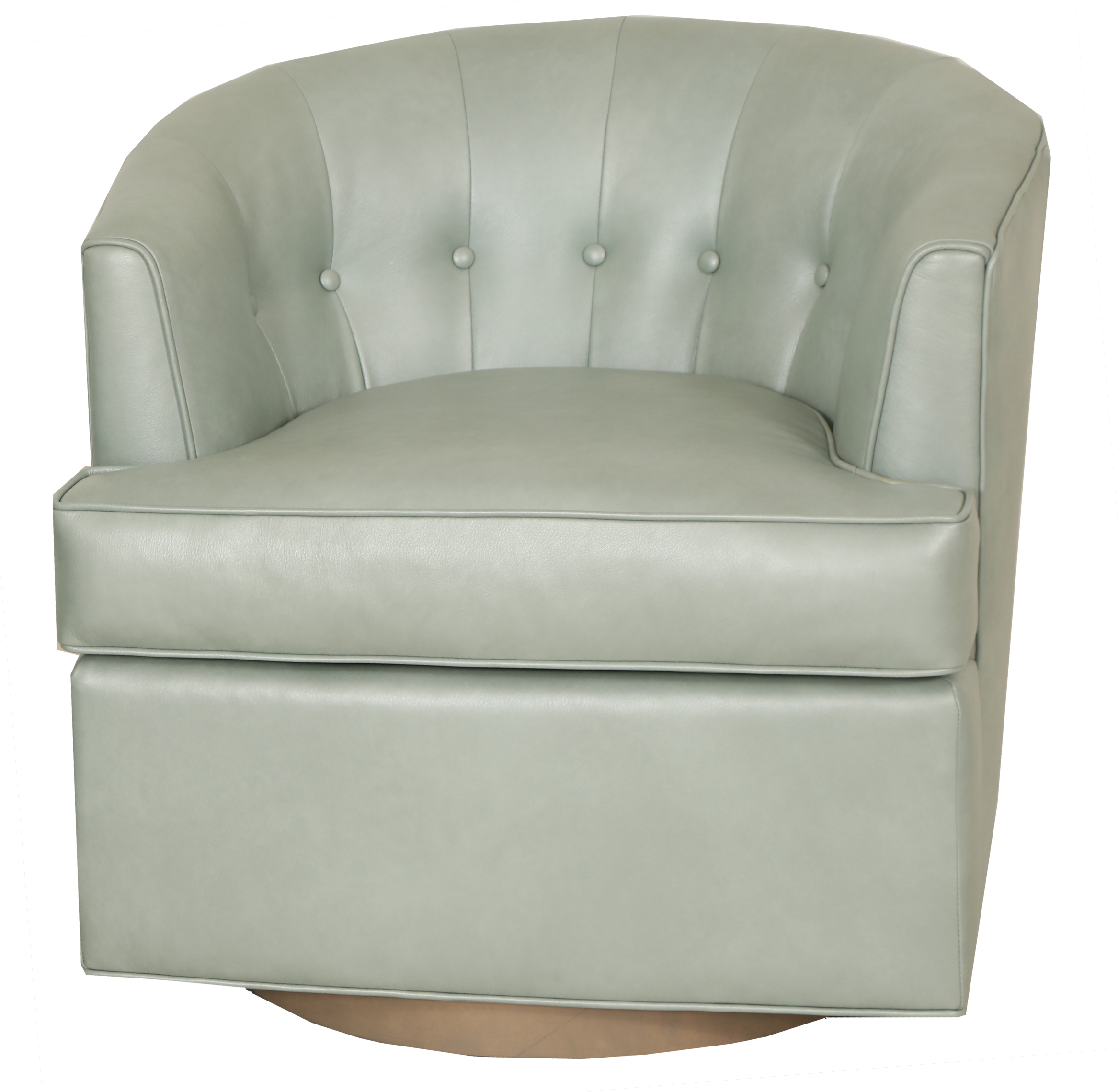
“Consumers are becoming more creative in their decorating thanks to the different social media outlets where they are sourcing their information and rooms they love,” agrees Rodd Rafieha, Senior Vice President of Sales at Abbyson Living. “We have seen tremendous online sales in leather, including some of our more colorful leathers that retailers may not be ready to carry in-store just yet. Meanwhile, our brick-and-mortar partners that are beginning to take the leap with us with blues (navy and teal) and reds are seeing increasing numbers in sales.”
“I think people are sick of beige,” says Garry Mertins, Principle of both Garry Mertins Design and the design-driven furnishings store mertinsdykehome based in Little Rock, AR. “If you show color on your floor they will buy it, and it’s up to us, the retailers, to give them permission. Designers, too, are looking for fashion-forward styles and fashion colors. And thanks to technology and improved finishing techniques, even the protected leathers, which used to feel like plastic, are really supple.”
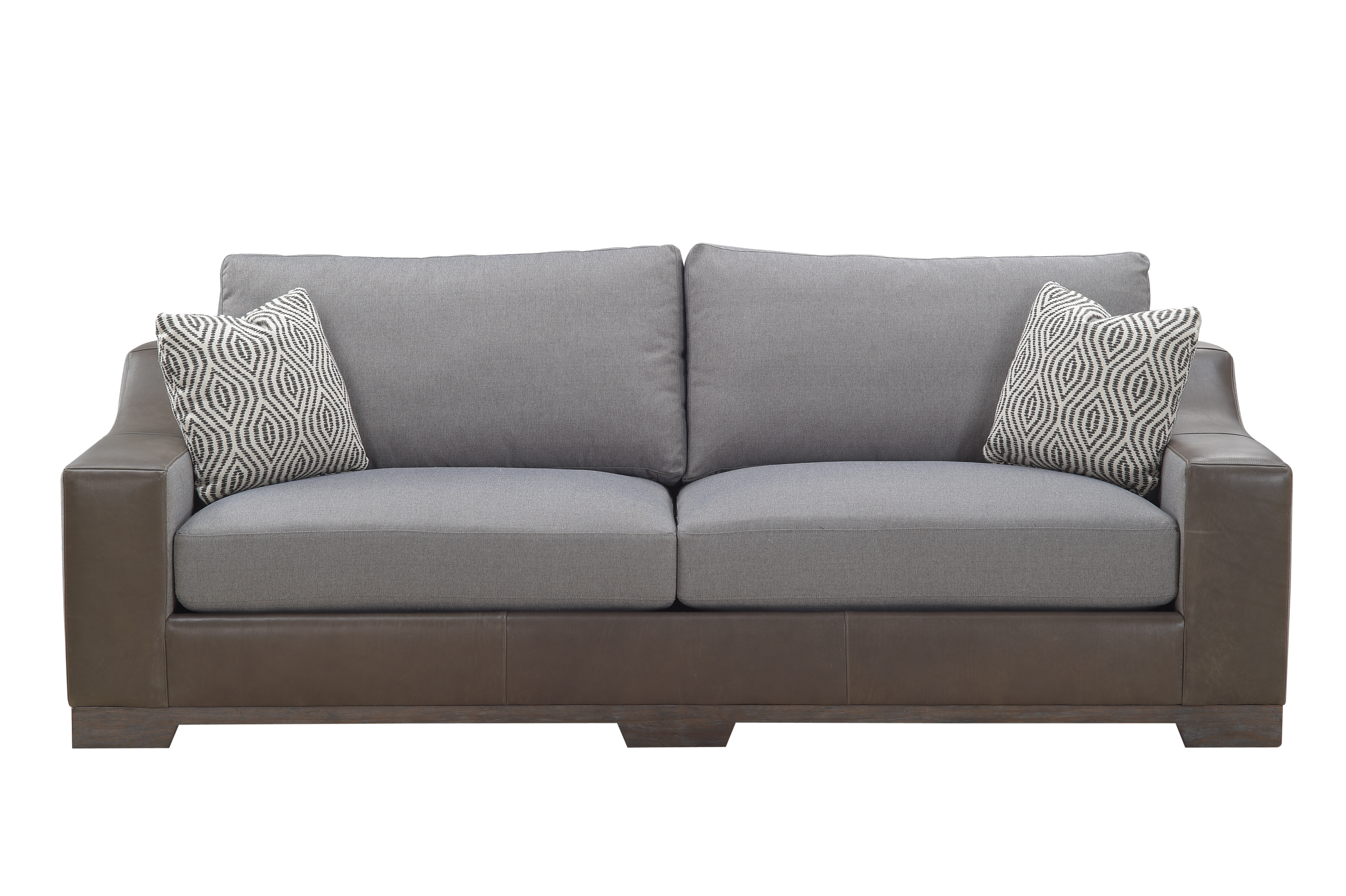
pillows can jazz things up, as on A.R.T. Furniture’s Brannon tweed sofa.
The Hides to Seek
Langdon is noting a growing awareness of leather as a luxury product among her clients, particularly among younger consumers. “There was a time in the early ‘90s when the word leather was most often used in a sentence with ‘big recliner,’” she says. “It seemed bulky, old and tired.
But today, people are gravitating toward mix-and-match, which is why they come to designers in the first place. Leather is one of the best tools we have for mixing textures to create dynamic designs.”
“Today’s consumer is willing to pay a premium for high-grade leathers, unique leathers and interesting leathers if we educate them on the value and its natural characteristics,” says Ed Teplitz, Chief Commercial Officer at Natuzzi Americas, which currently operates a dozen high-end Natuzzi Italia stores across the country and will open its first dedicated Natuzzi Editions store in California later this month. “As an industry, we’ve made furniture retail about price and promotion, and Mrs. Smith can get price and promotion at her kitchen table at 10 p.m. online. What she needs in a store is service, education, variety and experience, and when you provide that, she will purchase.”
Interestingly enough, Joelle Kuhlman, Vice President of Hooker Upholstery, believes that leather-like products, “bi-cast and most recently bonded, and even sub-standard bonded at that,” which she called a complete “failure,” have actually helped drive business toward the higher-end leathers.
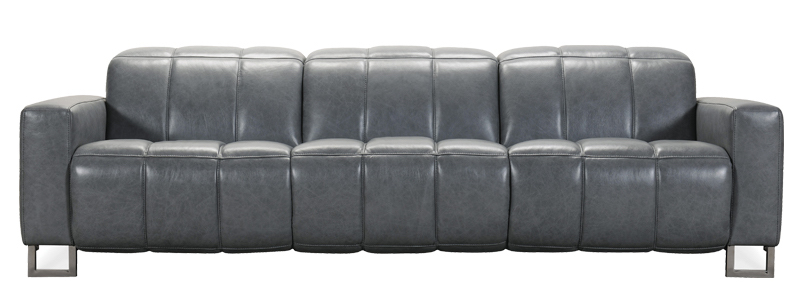
“The same thing that made leather essential to man at the very beginning are the things that make it luxurious today,” remarks R. Sackett Wood, President of Moore & Giles Inc., which designs and develops leathers for the high-end hospitality, aviation/automotive and residential interior design industries. “Leather was breathable, durable, long-lasting and soft. These are the very things that make it what it is today, and we develop leathers with three things in mind: the luxury of cut, freedom of color and the authenticity that makes leather distinct and instantly recognizable as a material.”
Wood’s company derives inspiration from ready-to-wear footwear, handbags and accessories, “where there is really a celebration of natural leathers. We didn’t see that happening in upholstery and taking a fashion approach to the leather upholstery business put us on the map. Leather began to take a new position in the web of good design in a way that it hadn’t before. If you look at our flagship color line today you see Caribbean, Amethyst, Bermuda, Emerald and Baltic, colors that 15 years ago nobody would have considered in leather, and we are interacting with wall coverings, paint, fabrics and carpet. It’s not just about the living room or the den anymore. Leather is in the kitchen, the study and the bedroom too.”
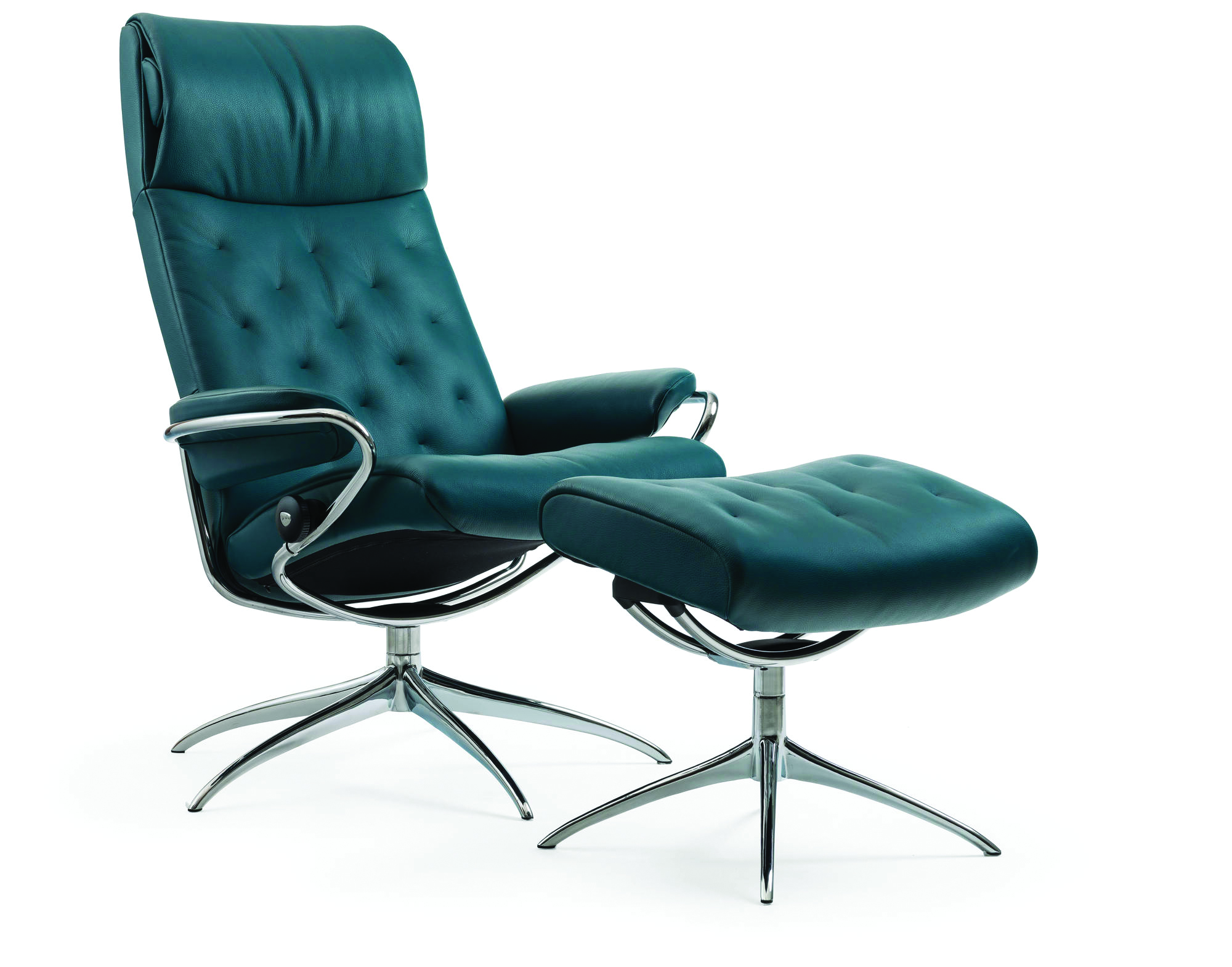
“The consumer that appreciates the inherent beauty of leather wants leather that has a very natural, raw look and feel,” suggests Greg Curry, Director of Merchandising and Product Development at Spectra Home. “They love seeing the wrinkles, scars, tick bites and other inconsistencies in the hide because they recognize that part of the allure is that leather in its most luxuriant state is a one-of-a-kind item. No two hides will ever be the same unless they are sanded, corrected and painted uniformly. The category as a whole is growing, and I would not be surprised for suede to come back strong, too. I expect we’ll see more mixed materials this market like leather and mohair as well.”
“Mohair, like leather, is a natural product,” points out Caroline Hipple, President of Norwalk Furniture. “Like leather, it wears like iron, and it’s a nice counterpoint of texture when combined with leather. I like it done with a tone-on-tone leather, like a navy metallic leather with baby mohair … beautiful, beautiful hides done with matching mohair cushions.”
In fact, Hipple sees better leather’s growing appeal as an outgrowth of hygge, the Danish design movement that connotes simplicity, warmth and contentment. “Shearlings, leathers and mohairs are organic and high-touch, and we cannot keep enough of them in stock. Norwalk Furniture is a designer-aided sale, so we’re dealing with knowledgeable customers who want the best thing that they can get and not the cheapest thing they can get. We have tried the inexpensive leathers, the color-corrected leathers, and we have found that consistently what sells is the unusual tones, the unusual textures and colors and the more sophisticated hides. Those are the things that people look to us for, things that are distinctively different from what they see at the mass. For us, luxury is the way to go.”



